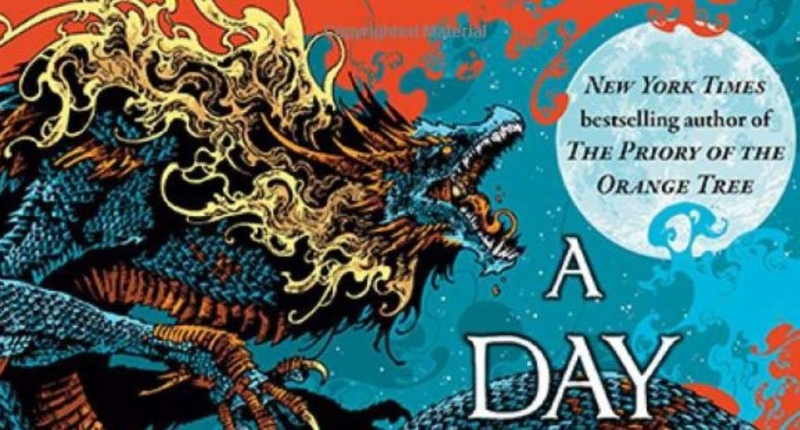A Day of Fallen Night by Samantha Shannon is a standalone prequel to her acclaimed feminist fantasy, The Priory of the Orange Tree. The book follows three lead protagonists who represent the major regions of the world, each with distinct religions, cultures, and political structures. The story concerns the reawakening of an ancient evil and its impact on the protagonists and their lands. Through it all, Shannon explores the importance of finding oneself and the power of love in all its forms, depicting several queer relationships. A Day of Fallen Night features nuanced character development and beautiful writing, but the story suffers from disjointed flow and fails to justify its 880-page length. For those seeking a more accessible introduction to the world and a more engaging story, it is recommended to start with The Priory of the Orange Tree. The top five most important keywords from the content are fantasy, Samantha Shannon, A Day of Fallen Night, The Priory of the Orange Tree, and character development.
Review: A Day of Fallen Night by Samantha Shannon
Samantha Shannon’s A Day of Fallen Night is a standalone prequel to her feminist fantasy, The Priory of the Orange Tree. It follows three lead protagonists who represent the major regions of the world, each with distinct religions, cultures, and political structures. Dumai, a godsinger from the East, Glorian, the young heir to the queendom of Inys from the West, and Tunuva, a warrior from the Priory of the Orange Tree in the South, who are committed to defeating the Nameless One, a fire-breathing dragon.
The male characters were underdeveloped in The Priory of the Orange Tree, but in A Day of Fallen Night, Shannon introduces Wulf, a young man from the North who becomes the fourth main protagonist in the second part of the book. He proves to be a multidimensional character every bit as compelling as the three female leads.
The main story of A Day of Fallen Night is about the reawakening of an ancient evil and its impact on the protagonists and their lands. The author explores two central themes of finding oneself and the power of love in all its forms. Shannon deftly depicts relationships among her characters, including several queer relationships.
The inconsistent pacing is the main problem with A Day of Fallen Night. The plot starts slowly and sputters in fits and starts, never achieving the same level of intensity as The Priory of the Orange Tree. The alternating perspectives give the novel a disjointed feel, compromising the flow of the story. However, the latter part of the book becomes more exciting as the paths of the protagonists intersect. The ending features several predictable plot twists that do not match the long time invested in the story.
In summary, A Day of Fallen Night is a beautifully written epic fantasy with nuanced character development. Shannon excels at creating strong, emotionally complex female leads and introduces a compelling male character in Wulf. The exploration of finding oneself and the power of love in all its forms, as well as the depiction of several queer relationships, are highlights of the book. However, the disjointed flow and inconsistent pacing compromise the story’s momentum, resulting in a less intense experience than The Priory of the Orange Tree.
Review: A Day of Fallen Night by Samantha Shannon
When it comes to starting the series, readers who prefer chronological order should begin with A Day of Fallen Night, a standalone prequel to The Priory of the Orange Tree. However, for those seeking a more accessible introduction to the world and a more engaging story, my recommendation is to start with The Priory of the Orange Tree.
A Day of Fallen Night features nuanced character development and beautiful writing, but the story suffers from disjointed flow and fails to justify its 880-page length. Overall, the book receives a rating of 3/5.
Don’t miss interesting posts on Famousbio










